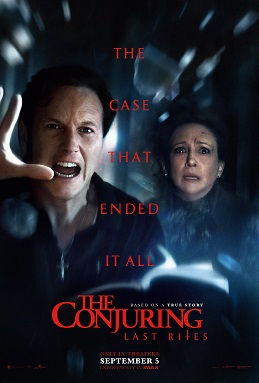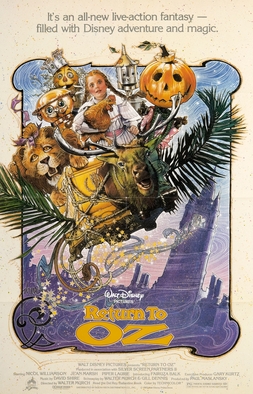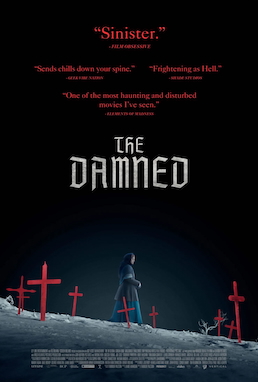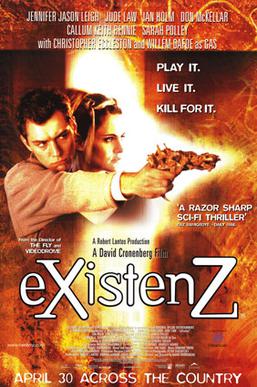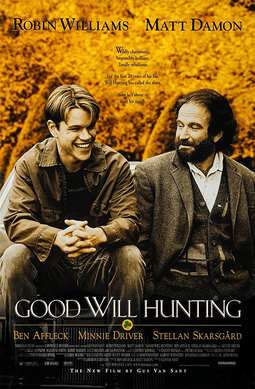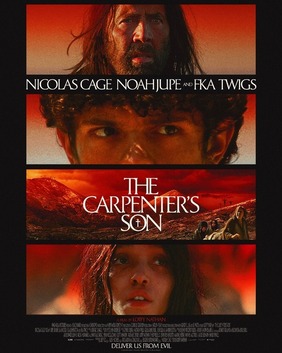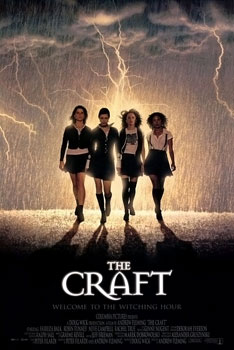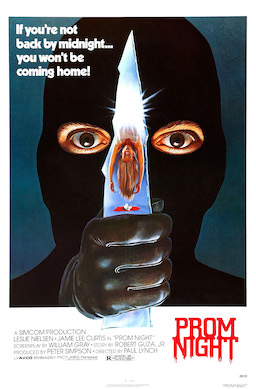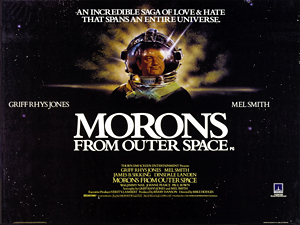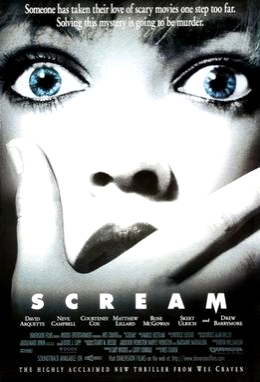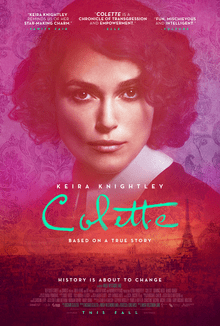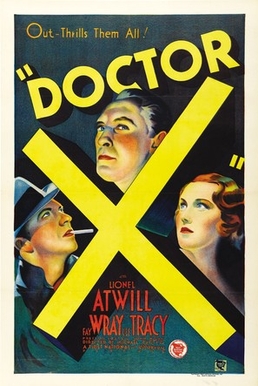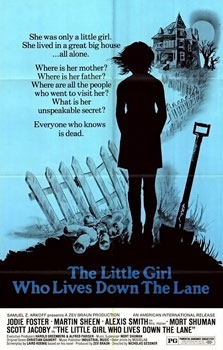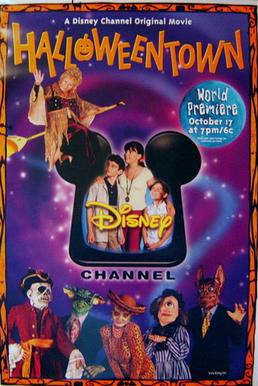The Conjuring: Last Rites, aka The Conjuring 4, is more of the same. Reusing tropes that have ceased to be scary, it draws Annabelle back into the story and sets up the possibility of future films by getting the Warrens’ daughter Judy involved. It is kind of a downbeat to pick up the Smurl haunting since this is widely considered to have been a hoax. And the movie pulls out all the stops. Levitation, upside down crosses, and demonic faces suddenly appearing have all been done before. The conceit that a demon is using ghosts to torment the Smurls is familiar from earlier films in the series. The franchise, however, remains quite Protestant despite its Catholic trappings. The somewhat heavy-handed suicide of Father Gordon once again demonstrates the lack of deep comprehension of how Catholicism operates. It is meant to parallel the suicide that starts the movie, but really adds nothing to the plot beyond shock.
The film tries to do too much and loses any pathos among the Smurls because of the strong subplot, if not the main plot, of the threats against Ed and Judy Warren. To do this they had to make the real life Judy much younger than she is in real life and cast the unnamed demon threatening the Smurls back to an attack on Lorraine, while pregnant with Judy, in the 1960s. This allows for a Stranger Things aspect of the 1980s for the action. It also strangely misrepresents Pennsylvania. The script seems to presume West Pittston is near Pittsburgh (it’s not, but rather close to Scranton) and it shoots the location in England, obviously for cinematic reasons.
There’s a lot of insider knowledge presumed here—you need to know the fictionalized backstory the series has been building up over eight films. This comes to a head in the revisiting of actors from the past Warren cases at Judy’s wedding. Perrons, Hodgsons, and a Glatzel attend, valorizing the often controversial work of the Warrens. (They were ejected from the Perron house and visited the Hodgsons for maybe part of a day.) The other movies in the series tend to hang together better but the lack of deep understanding of Catholicism remains perhaps the largest hurdle. Interestingly, at the box office this has been the highest performing film in the franchise so far. Since the Conjuring universe is encroaching on 3 billion dollars (2.7 at the moment) gross profit, clearly it strikes a chord. And there’s every reason to suppose, prequel or sequel, it’s not really the last rites after all.

